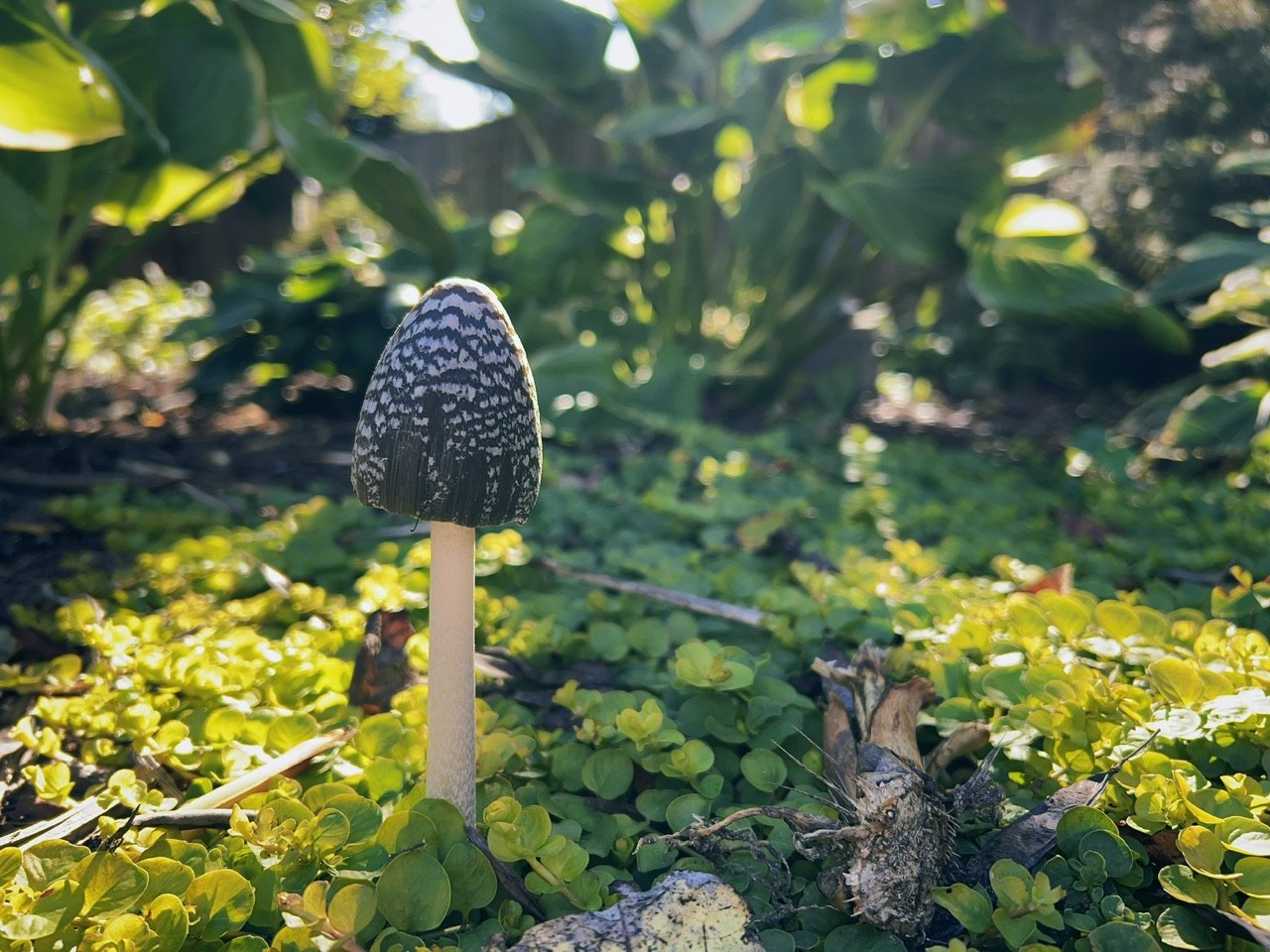Good morning, RVA! It's 42 °F, and today looks really lovely. Expect highs in the mid 70s, clear skies, and a strong desire to lay down in the grass somewhere. The rest of this week looks pretty good, too, with a possible chance for storms on Thursday. P.S. I hope everyone had a great Yorktown Victory Day.
Water cooler
Chris Suarez at the Richmond Times-Dispatch reports that City Council voted unanimously to create a Civilian Review Board, passing ORD. 2022-261 in its clean, unamended form. Suarez says Councilmember Lambert “changed her mind” about the amendment to require a five-year residency requirement from board members and that allowed Council to go ahead and vote on the ordinance last night. If they’d amended the paper, it’d have needed to go through another round of public comment. So, with that out of the way and pending some hiring that the City has to do, Richmond, after two years, now has a CRB. A bittersweet step forward, maybe, because I think most folks interested and involved in this long process are probably disappointed with the CRB we ended up with—especially in its limited scope and authority. But the CRB exists, and because it exists as a result of legislation, a future, more progressive City Council can change its scope and authority by passing new legislation. I think this might have been just about the best result given the current makeup of the Mayor’s administration and City Council.
You should read RVAgreen 2050’s email newsletter this month. First, you’ll learn about “energy burden,” the percentage of income a household pays towards their energy bill. If you’re putting 6% towards your power bills you have a “high” energy burden, 10% or more and you have a “severe” burden (and are considered in “energy poverty”). RVAgreen has a bunch of maps showing who in Richmond has a higher energy burden, and you can probably take an educated guess at what those maps look like without even tapping on the link. The energy burden map of Black households in the city is especially depressing. It sounds dumb and inconsequential, but, with some households spending 10% or more of their income on energy, making homes more energy efficient could help with housing affordability. OK, second, if you scroll to the bottom of the newsletter you’ll see that the Office of Sustainability has hired a new Director, Laura Thomas. Thomas is a Richmond native, returned home (as, eventually, everyone does) from Florida where she served as the Sustainability Program Executive for the city of Largo. Welcome back to Richmond, Thomas, and good luck!
The RTD’s David Ress reports on a new report from the Department of Criminal Justice Services that says Black and Hispanic drivers are more likely to be stopped by police than White drivers—which should not surprise anyone at all. In the most recent reporting period, Black drivers made up just 19.5% of Virginia’s driving population but accounted for 30.8% of traffic stops. Despite the clear data showing racial disparity—and despite the fact that it is literally the year two thousand and twenty two—Ress writes that “the report specifically said it cannot determine one way or the other if bias is an issue.” You can download the report here and read the shoulder-shrugging, who-can-say intro letter for yourself.
Grace Todd’s October gardening column is out in RVA Mag today. This month she’s got a good checklist for fall gardening and plant care—don’t forget deal with your hose before the first freeze and, importantly, make sure you “Celebrate the autumnal death-related holiday of your choice. Feast in preparation for the dying of the light.”
RVAHub’s Richard Hayes has some really nice picture of this past weekend’s Folk Festival if you want to relive Richmond’s biggest thing on one of its best weather weekends in recent memory.
This morning's longread
Crosses, Flowers, and Asphalt — Roadside Memorials in the US South
Somehow I stumbled across this old (2009!) photo essay of roadside memorials in the South. The piece really struck a cord with me, and now I want someone to document the memorials in our region—of which there are too many.
The appearance and structure of roadside memorials varies greatly. They may be simple small crosses constructed on site from pieces of scrap lathe or metal and roughly hand painted with the name of the deceased. Others may be prefabricated in a home workshop, resulting in a more durable and finely crafted display. Adornments range from generic artificial flowers, ribbons, and stuffed animals to more personal items reminiscent of Georgia and South Carolina coastal African American grave site decorative traditions, such as personal photographs, items of clothing, and other relics and items that provide the traveler or mourner with a direct link to the deceased. Because the memorials are located in open, public spaces, the adorning accessories change with time. Items may be added or vanish. Silk flowers fade and discolor. Plush toys become water-soaked and decrepit. Items prone to rapid decomposition may be encased in clear plastic bags to lengthen their longevity.
If you’d like your longread to show up here, go chip in a couple bucks on the ol’ Patreon.
Picture of the Day
Another mushroom pic.

